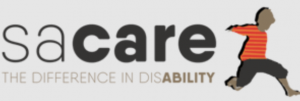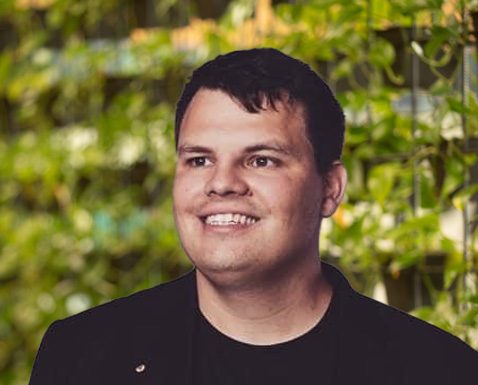For disability care provider SACARE, the top priority is ensuring the safe and accurate administration of medications to the clients in their supported accommodation.
SACARE’s General Manager of Clinical and Therapy Services Klade Thomas said the potential impact of medication errors was among her greatest risks, especially given the complexity of physical disabilities their staff manage.
Enter the electronic medication management system Medi-Map, which Miss Thomas said has transformed their processes and error rates from the previous paper-based system.
“It has drastically reduced the number of incidents, that is clear,” she said.
“For us in this [disability care] sector, medication incidents are our biggest issue. Since the roll out of Medi-Map in our supported accommodation at Kingswood we have not experienced a single medication incident related to the system.”
Miss Thomas said the previous average weekly error rate was tracking at about five incidents per week, making the electronic medication management a much safer and lower-risk system for clients and staff.
Medication management is a major issue across the sector. The Pharmaceutical Society of Australia has estimated about 250,000 hospital admissions across the community each year due to medicine-related problems, costing about $1.4 billion.
Further, research reported a 111 per cent increase in calls from residential care providers to the New South Wales Poisons Information Centre (NSWPIC) regarding substance exposure.
Two-thirds of the calls from disability care homes or carers were about errors in medicine administration.
SACARE implemented the Medi-Map system this year in its nine-bed residential facility, Briarholm, which is home to adults from 19 years to their mid-50s living with a range of complex conditions.

After deciding to trial a digital system and meeting with Medi-Map representatives, she said the setup process was simple.
Miss Thomas said the remote-access system provided links to physicians, general practitioners and pharmacists in real time.
In addition to the clear dispensing process – without the confusion that comes from multiple hand-written charts – the reporting mechanisms built into Med-Map allow for greater oversight and clarity.
“For me, the reports are an important part of what we do,” she said. “It makes it easy. If something goes wrong, you can see it straight away and initiate risk management processes. Things are a lot smoother.”
The Medi-Map process itself overcomes significant challenges. Not only is the script clear and easy to read for support workers, but it also prompts support workers throughout the process, and does not allow the client file to close until the round is complete.
“The staff stated it is better than the medication charts and they would not want to go back to them,” she said.
Medication charts can be very hard to read. Where there are cancellations or cessations of medications, lines are drawn across pages and in some instances most of that page becomes illegible.
“With the Medi-Map it is very easy and it gives you tips and tricks. That has been a significant part of why there has been the decrease [in incidents]. Medi-Map can also be used offline, which is great if you have power outages or similar.
“It’s a simple thing, but it matters so much.”
Medi-Map Chief Executive Officer Greg Garratt said they designed the solution to be utilised across the healthcare sector, anywhere medications are administered or where oversight is necessary to improve health outcomes.
“It is great to hear about the benefits SACARE is experiencing as a result of making the decision to move to Medi-Map for electronic medication management,” he said.
“Known for their innovative approach to care, they are leading the way in showing how technology can be applied to the sector to reduce risk and improve outcomes.
“We look forward to continuing to support the organisational implementation and strengthening our relationship with SACARE.”
The positive results of the pilot mean SACARE will implement the system across its other supported accommodation sites and community clients within months.
For Miss Thomas the greatest outcome is reducing the errors and the possibility of harm to the people in their care.
“An error that can be small can be life-altering,” she said. “We try as much as possible to reduce the risk to the client and it does that. It ensures their well-being by reducing the errors.”











